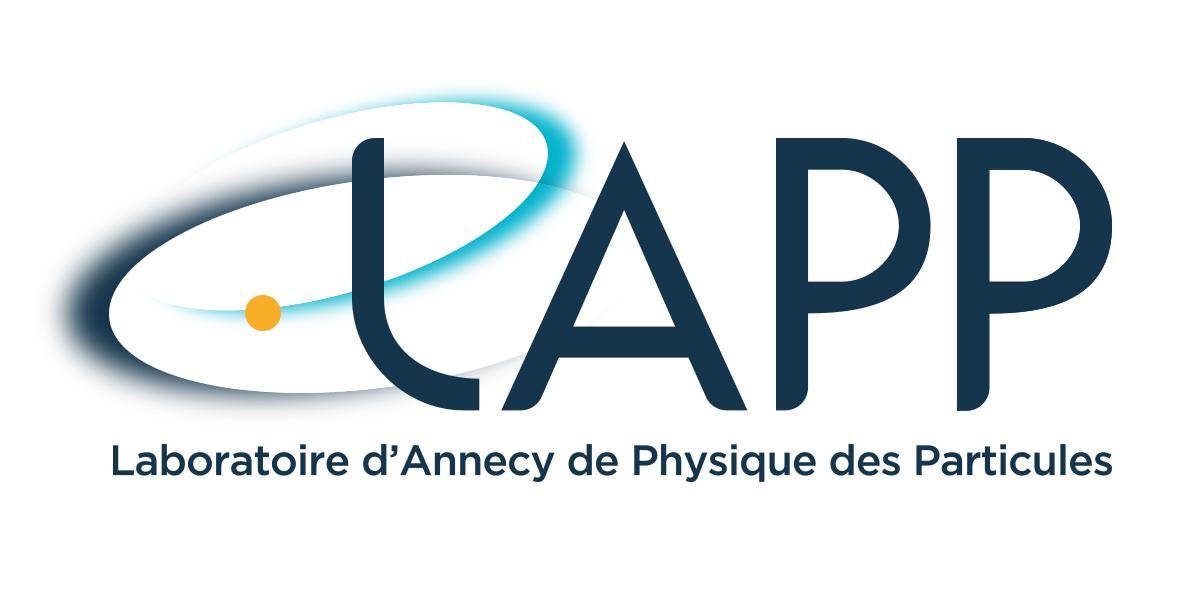M2 : Study of non-degenerate recycling cavities to improve the Virgo gravitational wave detector
The detection of gravitational waves made it possible to observe for the first time the coalescence of binaries composed of two black holes, thus opening up the field of gravitational waves astronomy. Subsequently, the first observation of a coalescence of two neutron stars coinciding with the observation of electromagnetic signals opened up the field of multi-messenger astrophysical observations. Since then, over a hundred such events have been observed, testing Einstein’s theory of gravitation and opening up new questions about the mysterious objects that are black holes. The Virgo collaboration is involved in this research through the Virgo detector, a 3km-long interferometer located in Italy near Pisa. The LAPP has been contributing to this experiment for some thirty years.
The Virgo interferometer uses several optical cavities to amplify the variation in arm length caused by the passage of a gravitational wave. Two cavities in the arms of the interferometer increase their effective length, while two other cavities, at the entrance and exit of the interferometer, increase the laser power injected into the arms and broaden the detector’s bandwidth. These are known as recycling cavities. At present, these cavities are degenerate, i.e. they allow different laser modes to resonate in them, preventing the desired sensitivity from being achieved. A new optical design is being studied to make these cavities non-degenerate. The subject of this internship is the design of these cavities and the modifications to be made to the light detection system, for which LAPP is responsible, to take account of these changes. The first step is an optical simulation to evaluate the beams inside the interferometer, using various simulation programs. From there, the student will also be able to participate in the design of modifications to be made to the detection benches, i.e. the optical benches dedicated to the detection of the beams leaving the interferometer, which reveal the passage of gravitational waves and provide the signals needed to control the detector.
Possible indication of an opening towards a thesis subject: This internship is intended to lead to a thesis. Indeed, this work will lead to improvements in the detector, which are due to be installed in 2025.
Warning: Undefined array key "globals/typography?id=accent" in /var/www/html/wp-content/plugins/elementor/core/kits/manager.php on line 323
Warning: Undefined array key "globals/typography?id=accent" in /var/www/html/wp-content/plugins/elementor/core/kits/manager.php on line 323
Warning: Undefined array key "globals/typography?id=accent" in /var/www/html/wp-content/plugins/elementor/core/kits/manager.php on line 323
- supervisor : Raffaele Flaminio
- email : flaminio@lapp.in2p3.fr
- Phone : 04 50 09 55 23

